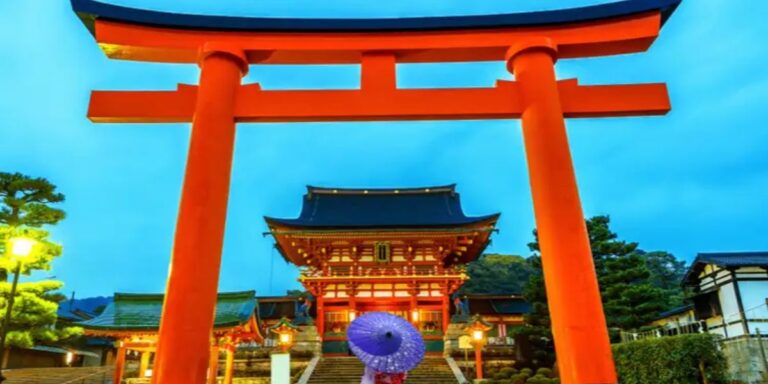Located in the center of the island of Honshu, Kyoto is one of the most populated cities in Japan. It is renowned for being able to preserve a sizable portion of the atmosphere of bygone eras due to the fact that it was the only significant Japanese city to survive World War II’s destruction. This makes it a popular tourist destination in Japan.
Kyoto is renowned as the residence of the Emperor and has served as Japan’s primary cultural hub for about 1,100 years. Today, Kyoto offers a wide variety of things to do and wonderful locations to visit, such as the opportunity to examine excellent examples of sculptures, paintings, and other kinds of art in the city’s various museums and galleries.
The schedule for your trip to Kyoto should also include stops at some less touristy locations. These ought to include the numerous examples of its ancient architecture, much of which bore Buddhist influences and is still visible in the magnificent temples tucked away in the quieter and less crowded areas of the ancient city.
The Best Places to Visit in Kyoto
Using our guide to Kyoto’s most popular tourist destinations, you can zero in on the areas of the city that are most worthy of your time.
1. The Castle of Nijo
Nijo Castle (Nijj) was constructed in 1603 and later served as the seat of administration. It is known by its Japanese name, Nijo-j, and features well-preserved walls, towers, and a moat.
The complex is notable for being the location where the emperor chose to announce the decree that ended the nation’s once-dominant Shogunate. The complex consists of numerous buildings, each of which contains a substantial number of important works of art.
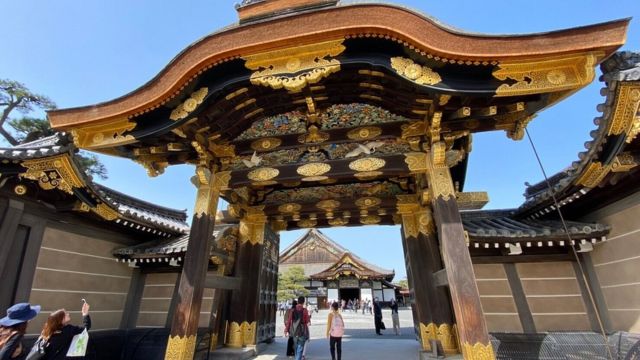
The East Gate of the castle, also known as the Higashi Otemon, which is the castle’s primary entrance, as well as the Karamon, which is known for its intricate carvings and metalwork decoration, are two of the highlights of the castle.
In addition to this, another must-see attraction is the intricate Mikuruma-yose. Exploring the beautiful grounds that surround the castle is another enjoyable activity.
2. Shrine of Fushimi-Inari, Taisha
When in Kyoto, you absolutely must pay a visit to the Fushimi-Inari Taisha Shrine, which is widely regarded as being among the most revered shrines in all of Japan.
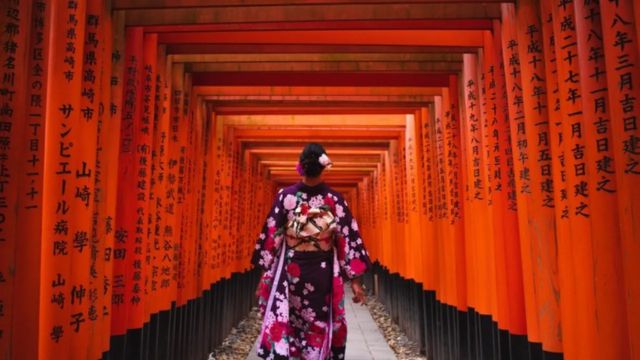
The temple was established in 711 AD and is dedicated to the goddess of rice-growing, known as Ukanomitama-no-Mikoto. Even today, businessmen and merchants visit the shrine to pray for success in their endeavors.
See More:
- Top 10 Best Historical Places to Visit in Japan That Will Surely Make Your Journey Remarkable!
- Top 10 Best Inspirational Places to Visit in Mexico in November That’ll Definitely Increase Your Happiness!
- Discover the Top 10 Best Comical Places to Visit on Florida Gulf Coast!
It is also noteworthy for the numerous statues it has of foxes, which are thought to be messengers between humans and the gods.
3. The Golden Pavilion, Kinkaku-ji
The majestic Golden Pavilion (Kinkaku-ji), which was initially constructed in the 14th century as a retirement residence for Shogun Ashikaga Yoshimitsu and is now a Zen Buddhist temple, is one of Kyoto’s most gorgeous attractions. Its history dates back to when it was created.
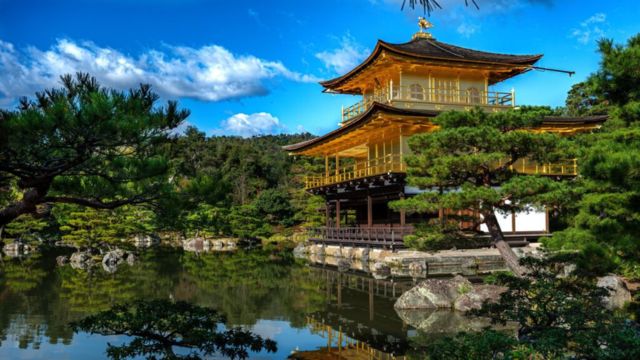
The structure, which derives its name from the gold leaf that adorns the top two of its three floors and is a design element that is supposed to alleviate any negativity associated with death, has been rebuilt in its original form a number of times, with the most current iteration dating back to the late 1950s. The name of the construction comes from the fact that it is considered to alleviate any negative associations associated with death.
4. The Temple of Kiyomizu-Dera
The Kiyomizu-dera Temple is an important UNESCO World Heritage Site that can be found in the eastern portion of Kyoto. It is situated in a lovely setting atop Otowa Mountain, which looks out over the city.
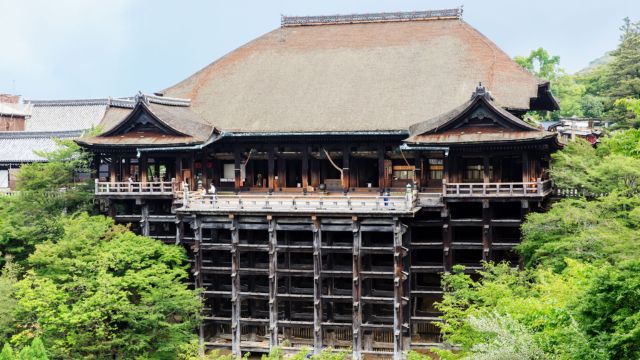
The trip to the temple can be made more enjoyable by taking a leisurely stroll along the picturesque Tea-pot Lane, which is lined with boutiques and specialty stores.
The majority of the extant structures were constructed after 1633, during the reign of Iemitsu, the third Tokugawa Shogun, and they are situated on a rocky outcrop located quite a distance from the Otowa Waterfall.
5. Temple of the Sansangen-do
The Sanjusangen-do (Rengyoin Temple), also known as the Temple of the 33 Niches, gets its name from the peculiar architecture of the building.
The temple’s facade is divided into 33 (sanjusan) niches (gen), which are meant to symbolize the concept that Kannon, the Goddess of Mercy, may take on 33 distinct incarnations.
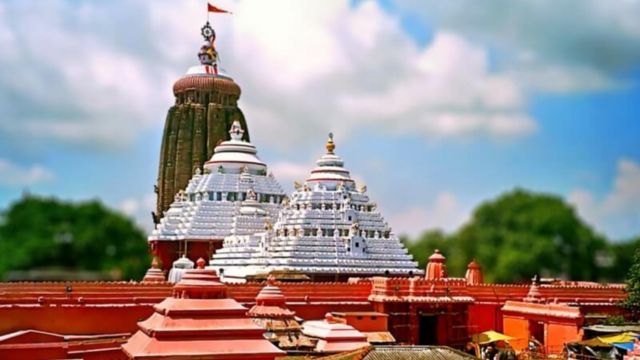
After a fire in 1266 destroyed the structure that had been built in 1164, the current building, which is more rectangular in shape, was constructed in 1266.
The numerous arrowhead holes that can be seen in the old pillars and timbers of this structure are evidence that it once served as an important location for the instruction of archery.
6. The Imperial Palace in Kyoto
The Kyoto Imperial Palace (Kyoto-Gosho), which was initially constructed in AD 794 but has since been rebuilt multiple times following its destruction by fire, continues to be one of the historic places in the city that receives the highest number of visitors.
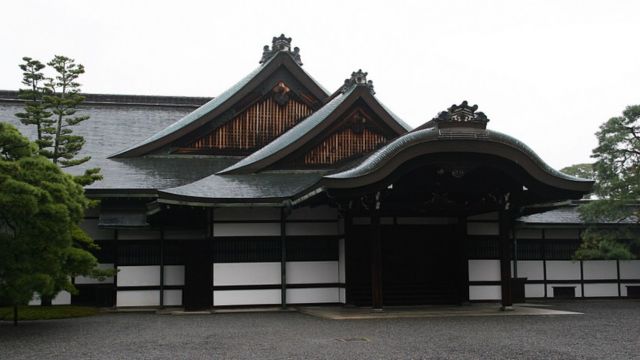
Even though it has been around since 1855, when the current building was built, it is still impressive. Highlights of this complex, which is located close to the center of the city and occupies a wide enclosure that was originally walled off, include its artistically adorned gates as well as its notable chambers and buildings.
7. The Temple of Nishi Honganji
The Nishi Honganji Temple is regarded as one of the finest examples of Buddhist architecture and serves as the head temple of the original Jodo-Shinshu sect. One of the most notable features is the Hondo, also known as the Main Hall.
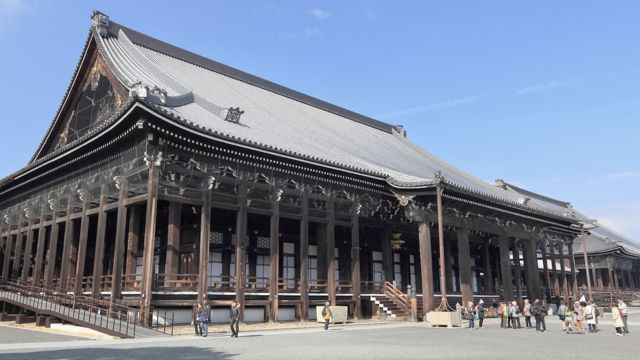
This magnificent structure was rebuilt in 1760, and its most prominent attributes include a number of rooms painted with paintings on gold backdrops, as well as a large number of famous statues, some of which date back to the sixth century.
The Founder’s Hall (also known as Daishi-do) is an additional point of attraction. The highly renowned statue of Shinran, which was sculpted in 1244 and afterward covered with a layer of lacquer that contained some of his ashes, may be found in this location.
8. Both the National Museum and the Municipal Museum of Art can be found in Kyoto
In addition to its many beautiful old temples, each of which houses significant works of art, Kyoto is also home to a number of magnificent collections that can be found housed at its high-caliber museums and art galleries.
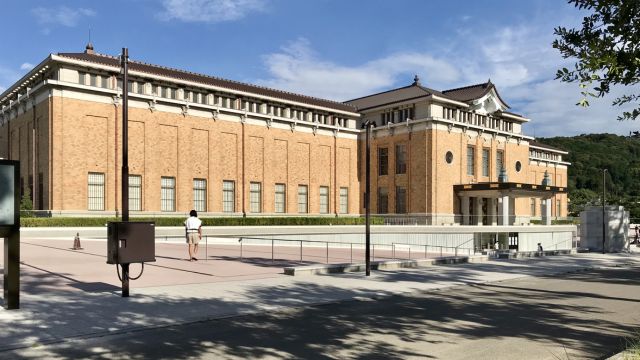
The National Museum is an art gallery that was founded in 1897 and is largely considered to be the most important museum of its kind in Japan. It is possible that it is the most well-known.
9. Geishas and Temples Can Be Found in Gion
Gion, a neighborhood in Kyoto that is well known as a district for entertainment and geisha, is a location that is well suited to be explored on foot. Gion is an eclectic mix of modern architecture and historical beauty that provides a unique taste of numerous Japanese traditions.
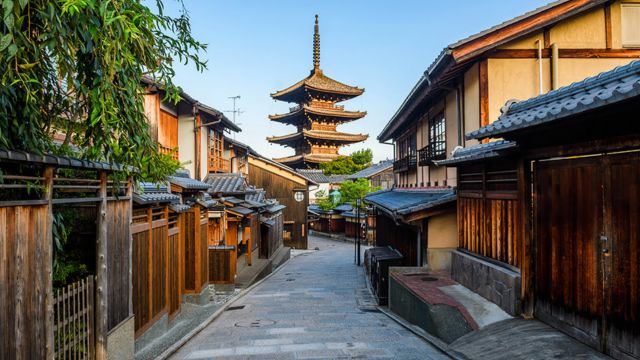
Geishas in ornate costumes and well-preserved 17th-century restaurants and teahouses offer a glimpse of old Japan in this area of Gion, which is located on the eastern bank of the Kamogawa River.
See More:
- The 10 Best Good-Looking Places to Visit in Gatlinburg, USA That Will Definitely Refresh Your Mood!
- Know the Top 10 Best Unique Places to Visit in California in October!
Gion is well-known for the many beautiful temples that can be seen around the neighborhood that are centered on the intersection of Hanami-Koji Street, Shijo-dori Street, and the Shirakawa Minami-dori Street waterside promenades.
The most well-known of these are the Silver Pavilion (Ginkakuji), which dates back to the 15th century, and the Chion-in Temple.
10. Imperial Residence of Katsura
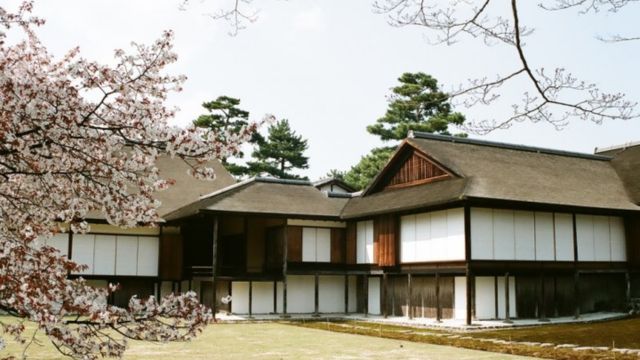
Katsura Imperial Villa was initially built in 1624 for Prince Hachijo Toshihito, who was the brother of Emperor Goyozei. Today, it is home to some of Japan’s most magnificent examples of ancient architecture as well as one of the country’s most well-known historic gardens.
Conclusion
Kyoto, which was once the capital of Japan, is consistently ranked among the nation’s most popular tourist attractions thanks to its rich history. It is a beautiful spot to visit any time of the year because it has a wide variety of attractions and activities to choose from.
As an economic hub, it has experienced significant expansion in recent years, much like many of the world’s other major cities, such as Tokyo and Osaka. Visitors are drawn to the city in large numbers due to the abundance of amazing places to see.
| Must See Here | https://directorateheuk.org/ |

